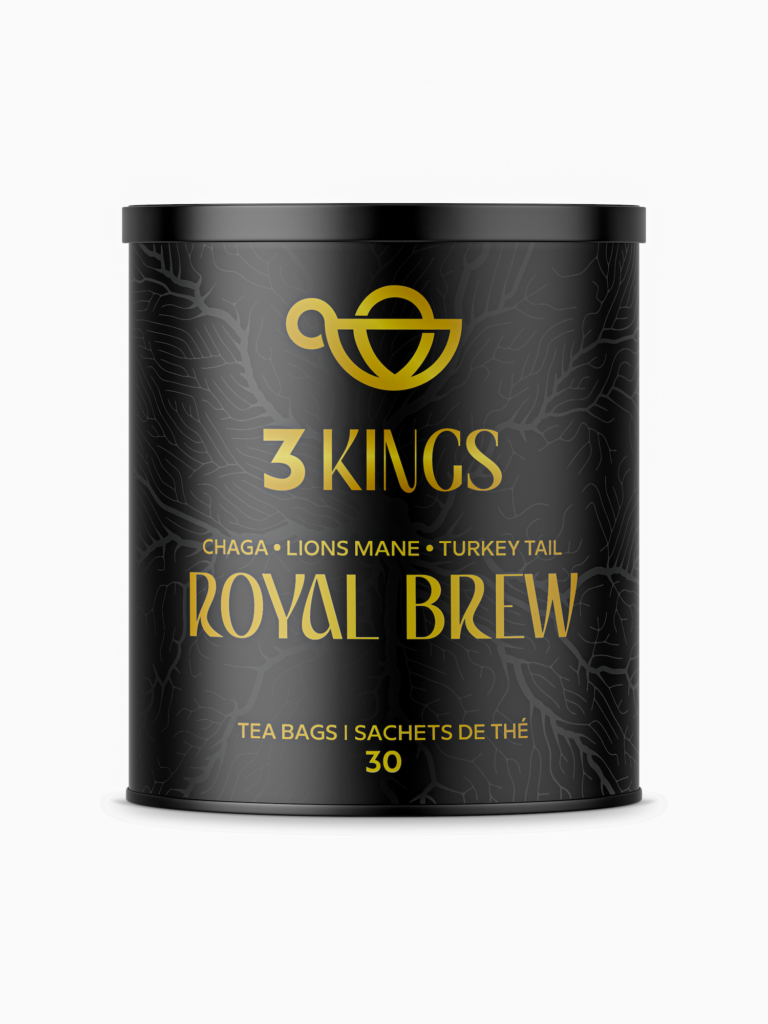Apple has tamed Amazon’s advertising jungle, at least for its own product pages and search results, according to a report from Insider. The tech giant negotiated a deal with Amazon that effectively removes ads for competitors’ products from pages related to iPhones, iPads, MacBooks, and other Apple devices. This special treatment makes search results and product pages for Apple products cleaner and more focused than those of competitors.
The agreement allows Amazon to list competing products on search result pages for Apple products, but it significantly limits the placement of ads before, after, and between the results. For example, when searching for an iPhone 15 on Amazon, users will only see a banner for an Apple product at the top of the page, along with another ad banner at the very bottom. In contrast, similar searches for rival devices, such as the Samsung Galaxy S23, will yield multiple ads for other products and services throughout the results page. This disparity is a clear strategic advantage for Apple in the Amazon marketplace.
In addition to refining Apple’s search results, Insider points out that Amazon also scales down on the ads for Apple’s product pages. For instance, conventional ads like “products related to this item” and items rated “4 stars and above” are relatively minimized on the pages for Apple products. On the contrary, product pages from companies like Samsung are often crowded with recommendations for items from other brands, which are more prominently displayed lower down the page.
The origins of these ad-free pages trace back to a 2018 agreement made by Apple to sell its products directly on Amazon, according to Insider. An email released by the House Judiciary Committee from Jeff Wilke, Amazon’s former retail chief, shed light on the nature of the arrangement. Wilke’s email indicated that Apple did not want to drive sales to competing brands in search or detail pages, and that it did not want to see any product placement that recommended non-Apple products on product detail pages.
A confirmation of this arrangement came from Apple spokesperson Fred Sainz, who informed The Verge that the agreement limits advertising in spaces related to certain Apple-related queries on Amazon. However, it remains unclear whether Apple compensates Amazon for the ad space it occupies, and if so, the extent of the compensation. Wilke’s email hinted that Apple may need to purchase these placements or compensate Amazon for the lost ad revenue.
Amazon’s controversial placement of what has been dubbed “junk” ads within its marketplace has been a focal point of criticism. Notably, the Federal Trade Commission cited these behaviors in its antitrust lawsuit against the company, pointing out that despite extracting billions of dollars through increased advertising, Amazon has worsened its services for customers. By mostly avoiding these ads on Amazon, Apple could have a clear advantage over other retailers in the marketplace.
The dynamic between Apple and Amazon is complex, as both companies hold substantial influence in the tech and e-commerce industries. Their partnership and the peculiarities of their agreement reflect the competitive landscape of online retail and the power struggles within it. This special treatment of Apple products on Amazon may ripple through the industry, shaping the interactions and dynamics between other tech giants and e-commerce platforms.
As Apple and Amazon continue to evolve and expand their ecosystems, their business strategies and partnerships will undoubtedly continue to impact the broader landscape of e-commerce and tech. The dynamic interplay of these two tech titans has significant implications for both consumers and competitors, raising questions about fair competition, antitrust concerns, and the balance of power between tech giants and online marketplaces.











